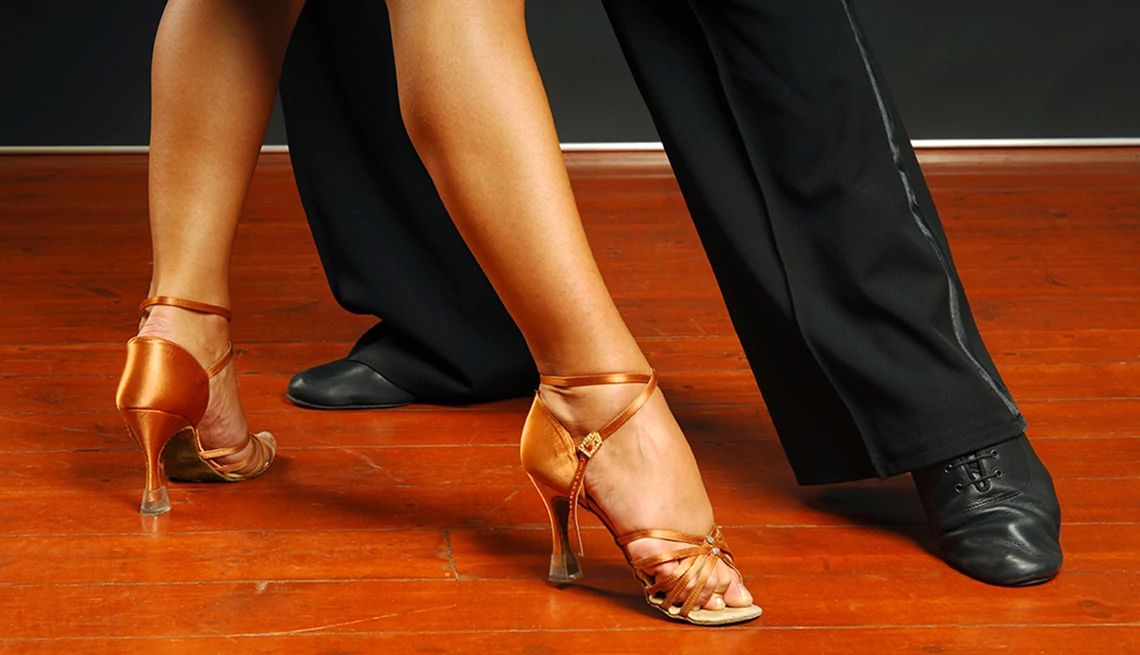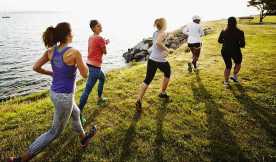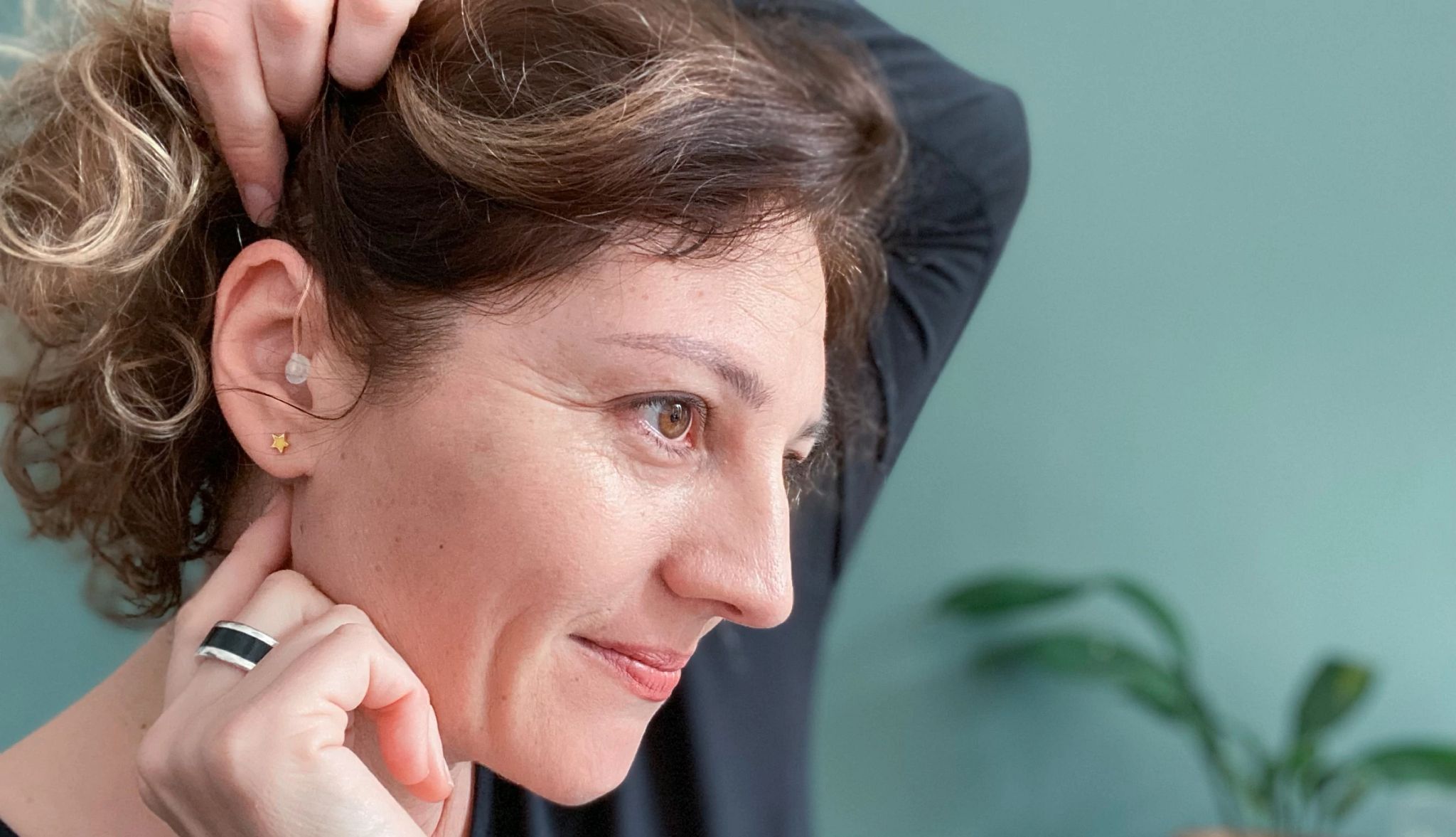Challenges


For some Chicago-area adults, Latin dance classes appear to be the ticket to a more physically active life. And studies suggest that learning those salsa moves (along with the merengue, bachata and cha-cha) may also produce cognitive benefits.
When it comes to exercising for body and brain health, “the key is doing what you like to do,” says David X. Marquez, director of the Exercise Physiology Lab at the University of Illinois Chicago.
In focus groups more than a decade ago, Spanish-speaking older adults told Marquez and his colleagues that they enjoyed dancing but had too few opportunities to do it. So the researchers started inviting some of them to twice-a-week Latin dance classes to see what regular dancing sessions might do for them.
After some small studies with those participants showed promise, the researchers recruited more than 300 Latinos ages 55 and over to take either the dance classes or, for comparison, a health education course. Over 4 months, the dancers learned moves from professional instructors who encouraged them to stay active between classes as well. The dancers then got another four months of classes, led by trained classmates, to practice their steps and learn new ones.
The result: The dancers reported a boost in their overall physical activity and showed memory improvements, while their peers taking health classes did not, Marquez and his colleagues reported in 2022 in Frontiers in Aging Neuroscience.
In particular, the dancers improved on tests of working memory. That’s the kind of memory you use to recall and use a phone number or address you just learned. They didn’t get any boost in executive functioning, the kind of thinking that helps you plan and solve problems, But some other dance research has shown broader brain benefits, including improvements in other kinds of memory and executive functioning, Marquez says.
Good for the heart...and social life
If dancing has cognitive benefits, it might be because it is good cardiovascular exercise. After all, what’s good for the heart is generally good for the brain. But dancing might do even more, Marquez says.













More From Staying Sharp
Try the Squat Alternative: Pliés
A simple exercise you can do anywhere strengthens legs and glutes
Yoga With Denise Austin: Beginner Downward Dog Pose
This pose provides a great stretch for your arms, legs and lower back
Add Strength Training to Your Week
Resistance exercise offers head-to-toe health benefits